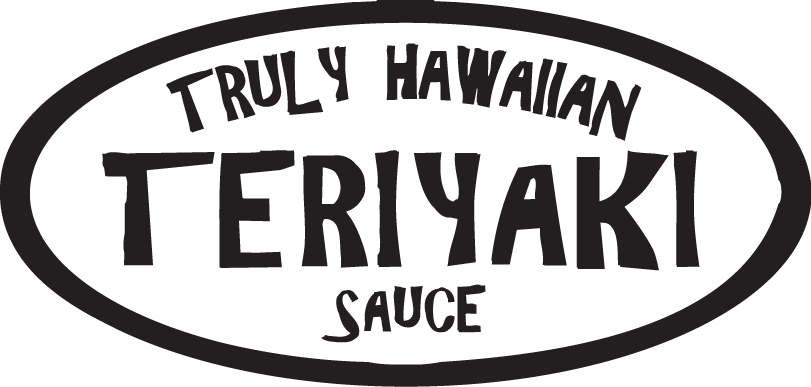If there is one thing you absolutely do not want to miss when you make a trip to Hawaii, it is Hawaii Volcanoes National Park. This huge park includes two of the most majestic sights in the entire United States, the volcanoes of Mauna Loa (the largest in the States and one of the largest in the world) and Kilauea (the most active).
The park itself is over 560 square miles, extending from the shores of the ocean to the rim of Mauna Loa itself. There are literally miles of hiking trails and dozens of different places to camp. Unlike shows you may have seen, eruption conditions of the volcanoes don’t change too quickly; geologists are on top of changes and likely changes. Unsafe areas are cordoned off and patrolled, so you won’t get into trouble if you stay within the boundaries and pay attention to park guidelines.
Because, for some reason, there are ALWAYS people who think they are above these rules, we are going to stress them again. Although the volcanoes are fairly predictable, they are far from safe. The eruptions of Kilauea emit poisonous vapor which can kill quickly. Pockets of pressure may explode suddenly and without warning, posing dangers to anyone above them. Even the water can be unsafe, at boiling temperatures and filled with toxins. So, obey the rules.
If you can follow directions, there is an incredible time to be had. You can take walks such as the short Sulphur Springs hike to warm up, before tackling the three or four hour trip tour of the caldera. Make sure to stop and look longingly down the Chain of Craters. This road is evidence of the ever shifting moods of Kilauea. It was open to the public back in 2008, only to close when vents began to open and emit the aforementioned toxic fumes in March of that year. Its closure is a huge disappointment to anyone who had the opportunity to walk this road in past years, a chance which may never come around in our lifetimes again!
Be sure to check out the Visitor’s Center at the end of your hiking tour, for all the science and natural history of Hawaii that you could want. As night falls, make your way down to the viewing points by the ocean. This is the best time to get a clear look at the lava as it spills and splashes into the water below.
